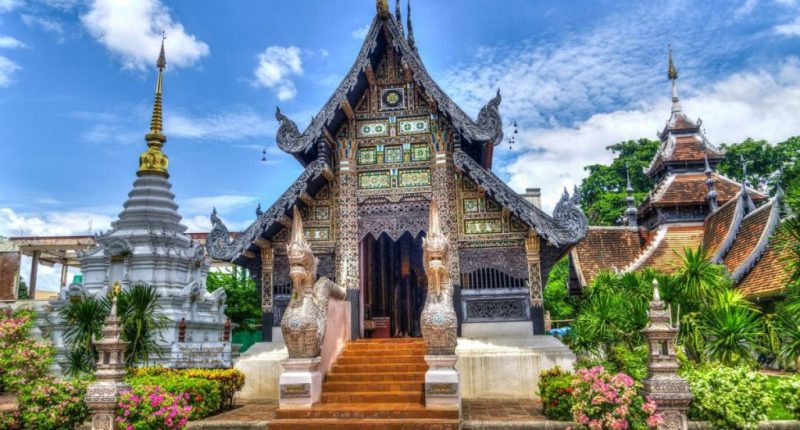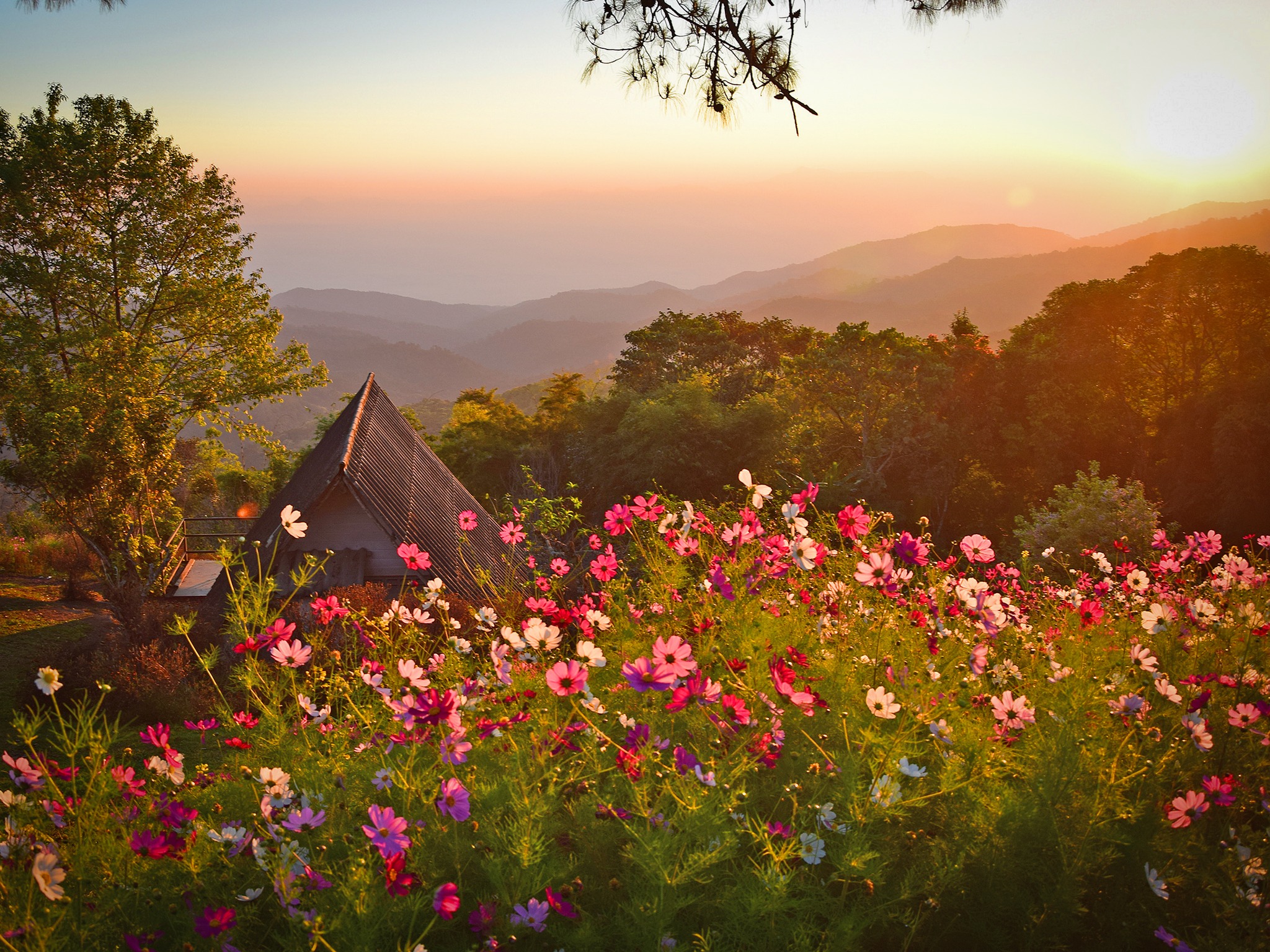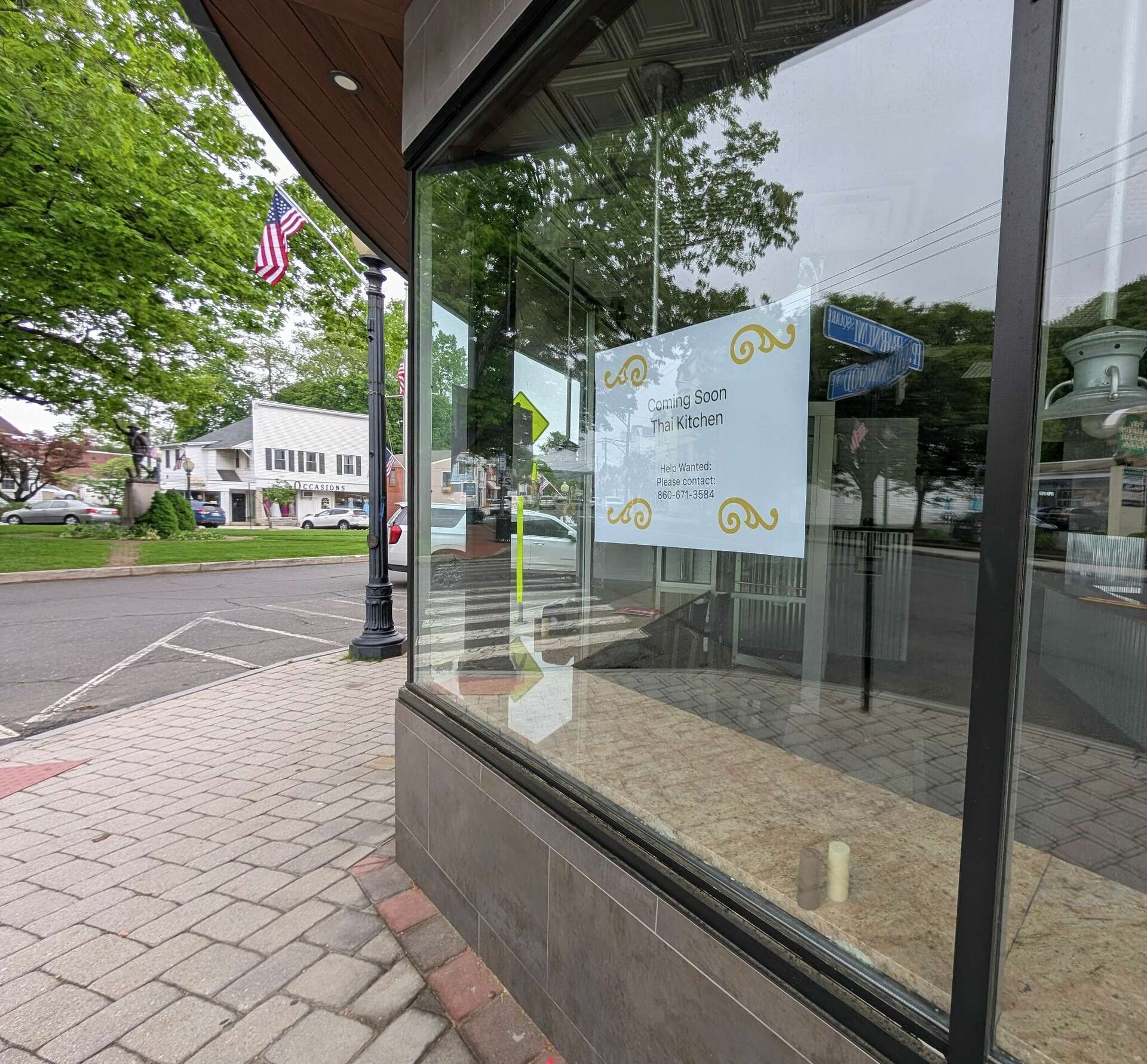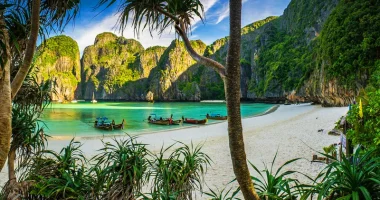Discover the Spiritual Heart of Chiang Mai
Chiang Mai, often called the cultural capital of Thailand, is home to hundreds of beautiful temples (or wats) that showcase the city’s rich history, spiritual heritage, and stunning architecture. Whether you’re seeking cultural exploration, spiritual experiences, or architectural beauty, Chiang Mai’s temples offer a glimpse into northern Thailand’s soul. Here’s a guide to exploring the top temples in the city.
Must-Visit Temples in Chiang Mai
Wat Phra That Doi Suthep
Perched on a mountaintop overlooking the city, Wat Phra That Doi Suthep is one of the most iconic temples in Chiang Mai. This temple, dating back to 1383, is revered by both locals and tourists. Visitors can climb the 300-step staircase or take a tram to reach the temple, where they’ll be greeted by stunning golden chedis and breathtaking views of Chiang Mai. Make sure to visit in the early morning to witness the monks’ chanting rituals.
Wat Chedi Luang
Located in the heart of Chiang Mai’s old city, Wat Chedi Luang is an ancient temple known for its towering ruined chedi (stupa), which once stood 82 meters high before being partially destroyed by an earthquake. Despite its ruined state, the temple exudes a sense of grandeur and history. It’s also home to the City Pillar, an important spiritual symbol of Chiang Mai.
Wat Phra Singh
Another must-see temple is Wat Phra Singh, one of Chiang Mai’s most significant temples, dating back to 1345. This temple is renowned for its classic Lanna-style architecture, intricate wood carvings, and the revered Phra Singh Buddha statue. Wat Phra Singh is especially popular during Songkran, the Thai New Year festival, when it becomes the center of many festivities.
Wat Umong
For a more serene and meditative experience, head to Wat Umong, a unique forest temple located on the outskirts of the city. This temple is famous for its network of ancient tunnels and peaceful surroundings. Its tranquil atmosphere makes it an ideal place for reflection and quiet contemplation. The temple also hosts meditation retreats and offers insight into Buddhist teachings.
Wat Suan Dok
Built in the 14th century, Wat Suan Dok is known for its striking white chedis that house the ashes of Chiang Mai’s royal family. The temple’s large prayer hall and golden Buddha statues are a sight to behold. Wat Suan Dok is also home to a Buddhist University, where visitors can participate in monk chats to learn more about Buddhism and Thai culture.
Etiquette for Visiting Chiang Mai’s Temples
Dress Modestly
When visiting Chiang Mai’s temples, it’s important to dress appropriately. Both men and women should wear clothing that covers their shoulders and knees. Temples are places of worship, and dressing modestly shows respect for the local culture and religious practices.
Remove Your Shoes
Before entering any temple building, make sure to remove your shoes. This is a common practice in Thailand and is seen as a sign of respect. Look for signs or designated areas where shoes should be left.
Be Mindful of Temple Practices
While visiting temples, be respectful of those who are praying or meditating. Avoid making loud noises or taking flash photography, especially inside temple buildings. If you’re unsure about a specific practice, it’s always polite to observe first or ask for guidance.
Best Time to Visit Chiang Mai’s Temples
Early Morning for Peaceful Exploration
Visiting the temples early in the morning allows you to enjoy a peaceful atmosphere before the crowds arrive. Many temples also hold morning rituals and ceremonies, which offer a more authentic and spiritual experience.
Festivals and Special Events
Chiang Mai’s temples come alive during festivals such as Loy Krathong and Songkran. These events are excellent opportunities to witness traditional celebrations and immerse yourself in the local culture. However, temples can get crowded during these times, so plan accordingly.
Conclusion: Immerse Yourself in Chiang Mai’s Spiritual Beauty
Chiang Mai’s temples are more than just beautiful buildings; they are living cultural treasures that offer insight into Thailand’s spiritual and historical roots. Whether you’re marveling at the grandeur of Wat Phra That Doi Suthep or finding peace at Wat Umong, each temple provides a unique and enriching experience. By respecting local customs and exploring with an open mind, you’ll discover the true essence of Chiang Mai’s spiritual heart.









